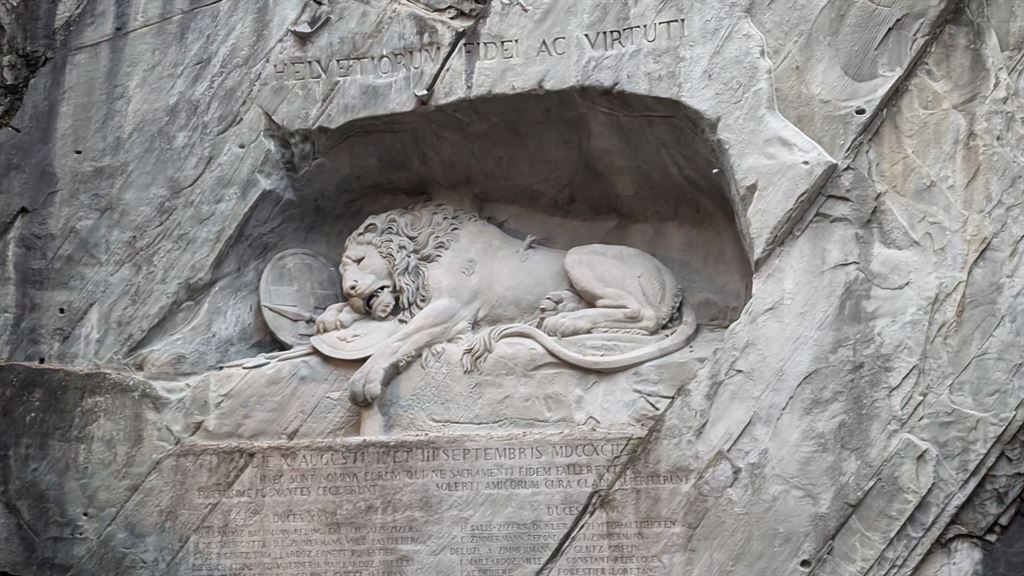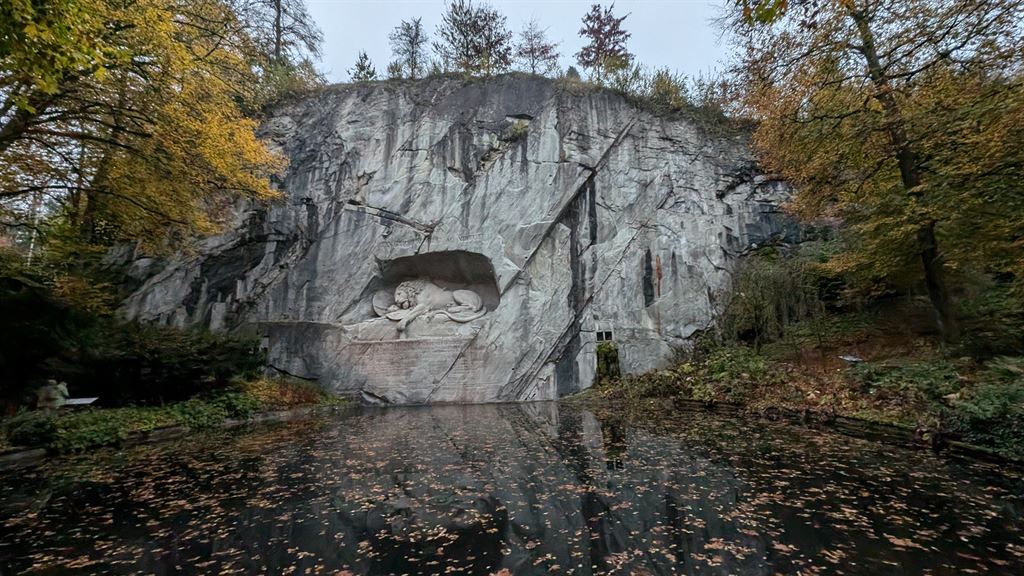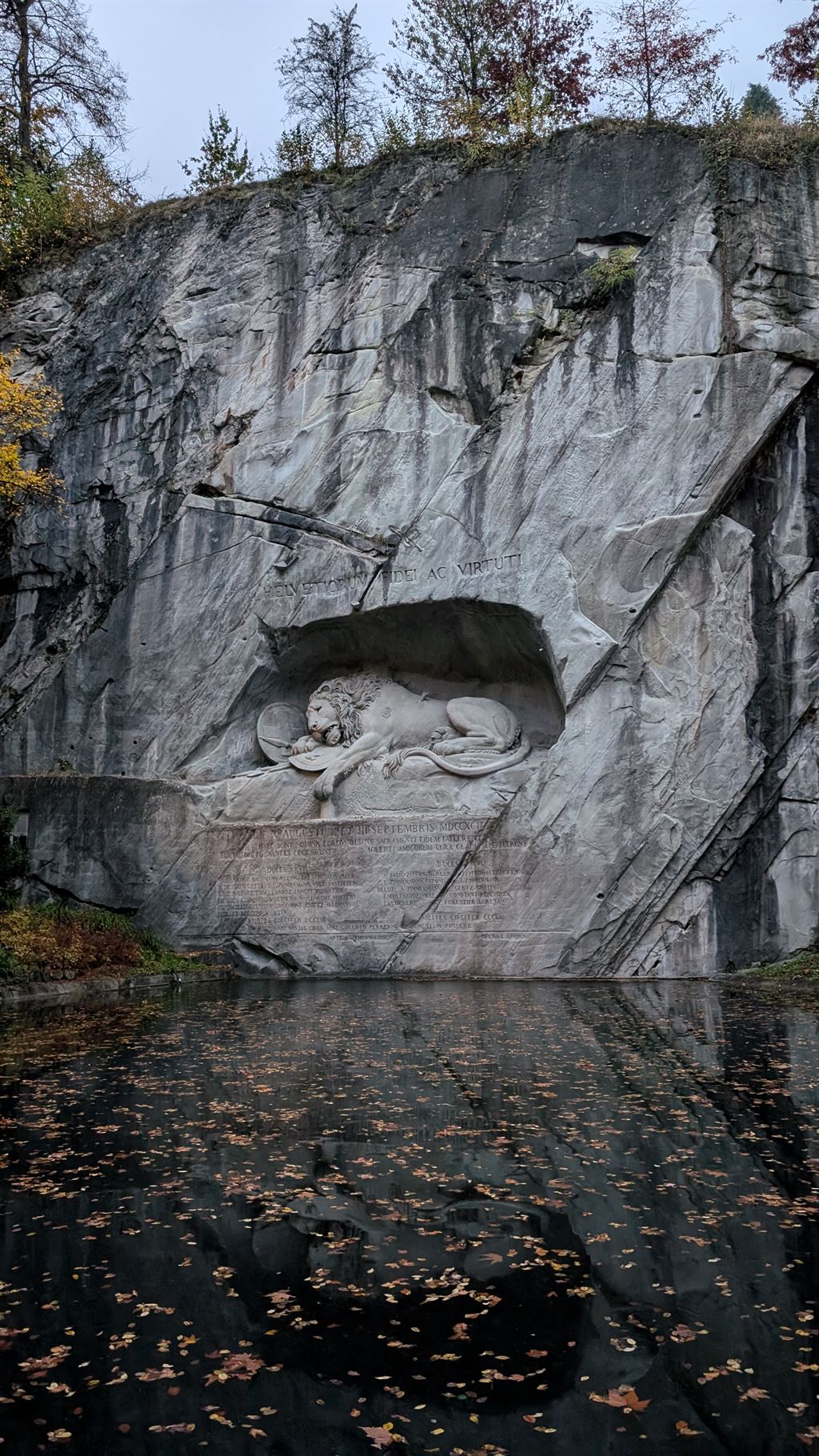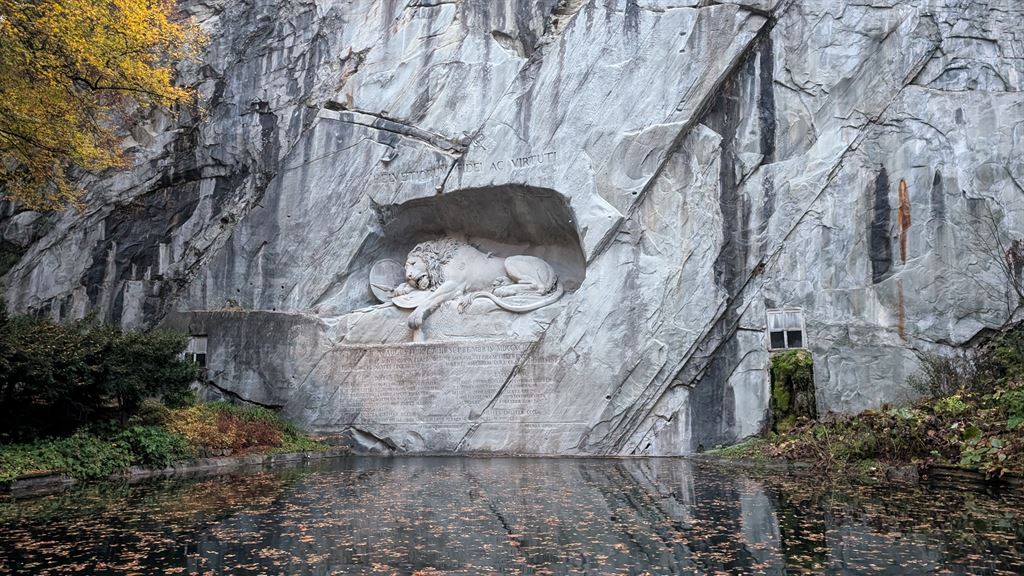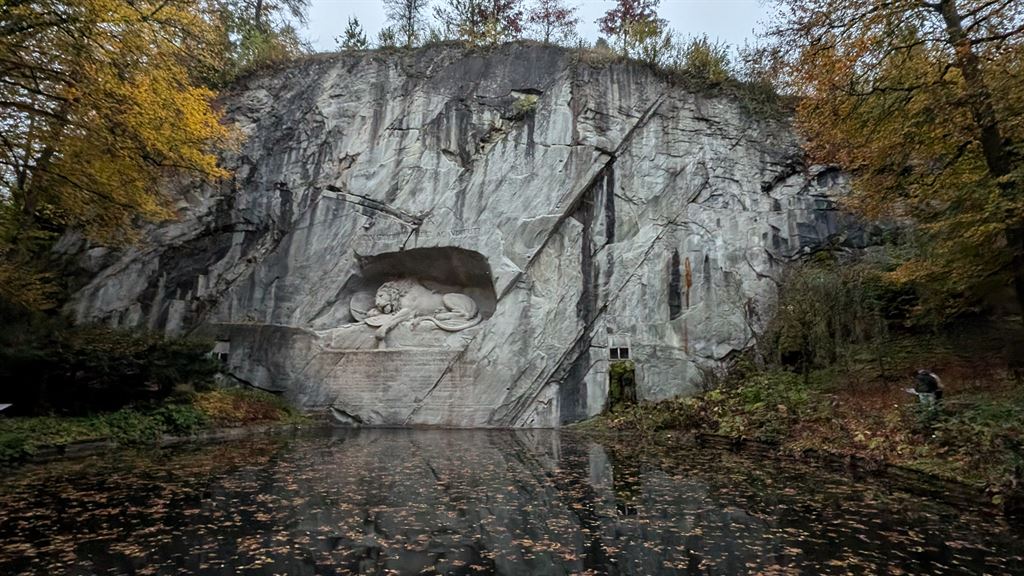In the middle of Lucerne, nestled in the green tranquility of a small park, lies the Lion Monument - a place that is much more than just a tourist attraction. The colossal work of art depicting the dying lion challenges its viewers to pause and reflect. But about what? About heroism? About the tragedy of history? About Switzerland's role in the world? Answers to these questions can perhaps be found on a tour of this place full of history and symbolism.
A Lion for the Mercenaries
The Lion Monument was ceremoniously inaugurated in 1821. It commemorates a bloody chapter in history: August 10, 1792, the day of the storming of the Tuileries in Paris. On that day, an angry mob attacked the Swiss Guard, who defended the life of King Louis XVI to the last man. Hundreds of Swiss mercenaries lost their lives - a sacrifice that the Lucerne officer Carl Pfyffer von Altishofen never wanted to forget. He commissioned the renowned Danish sculptor Bertel Thorvaldsen to immortalize this dramatic event in stone.
The dying lion, six meters high and ten meters long, is an image of despair and nobility at the same time. The lion lies in death throes, with a broken spear in its side, its posture testifies to pain but also to dignity. The Latin inscription above the lion testifies to the devotion of the Swiss Guard: Helvetiorum Fidei ac Virtuti - "To the loyalty and bravery of the Swiss."
work of art, place of remembrance, park idyll
But the Lion Monument is more than just a reminder of the mercenaries. It is a masterpiece of art history, designed by Thorvaldsen in Rome and carved into a former quarry by Lukas Ahorn from Konstanz. The surrounding park, designed in the English style, perfectly complements the monument. Here visitors find peace and space to reflect - about history, art and their own relationship to this place.
Information boards in the park provide further insights: into the memorial chapels in Lucerne and Paris, the creation of the monument, the artists involved and the history of the Pfyffer family. If you look closely, you will discover traces of time - both in the monument and in the landscape that surrounds it.
A Monument of Controversy
The Lion Monument is not without controversy. As an anti-revolutionary monument, it reflects the political views of its initiator. But at the same time, it is celebrated as a work of art whose emotional power touches people from all over the world. With over 1.5 million visitors every year, it is one of the most famous monuments in the world and one of the most visited tourist attractions in Switzerland.
A place that asks questions
The Lion Monument is a memorial in the truest sense of the word. It invites us to think about the value of loyalty and bravery, about the dark side of Swiss history and about the power of art to convey feelings and stories across centuries.
Anyone who visits Lucerne should take the time to experience this place – and perhaps return with more questions than answers. Because that is exactly what makes a good monument.
Access
The monument is freely accessible.


